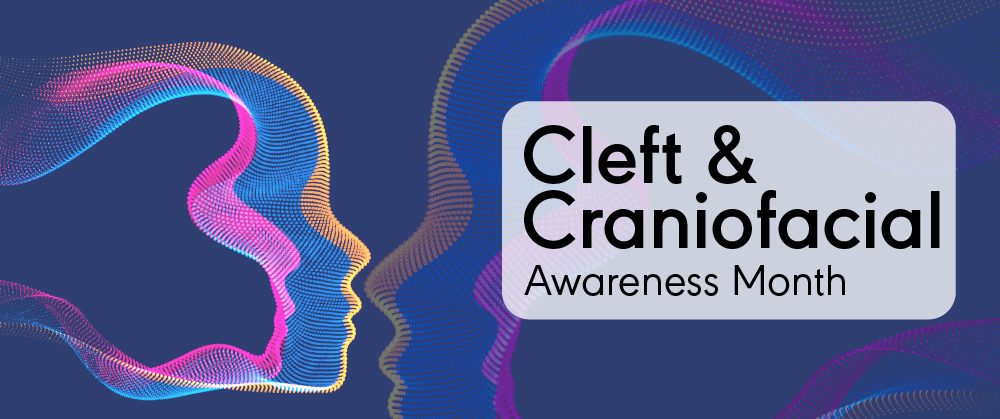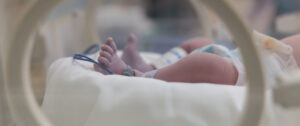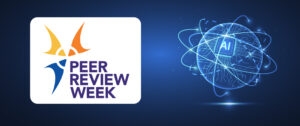Speech-language pathologists (SLPs) play an important role on the care team of children born with a cleft lip and/or palate or other craniofacial disorders. In recognition of Cleft and Craniofacial Awareness and Prevention Month, we’re highlighting some of the top research published in the past year—and making it free for a limited time.
New and Trending Articles on Cleft and Craniofacial Disorders
Laryngeal Aerodynamics, Acoustics, and Hypernasality in Children With Cleft Palate: Children with cleft palate with or without cleft lip may be at risk for future voice disorders due to vocal effort. Better understand the relationship between laryngeal function and velopharyngeal closure, and read about future research directions.
Prenatal to Adulthood: The Responsibility of the Speech-Language Pathologist on the Comprehensive Cleft Palate and Craniofacial Team: SLPs serve as part of the cleft palate and craniofacial team for individuals of all ages, assisting with feeding, speech, language, and resonance disorders. Whether you’re new to cleft and craniofacial care or just want advice on being part of a team, you’ll find something useful in this tutorial!
Utilizing Augmentative and Alternative Communication and a Mixed Therapy Approach to Address the Complex Communication Needs for a Patient With Cleft Palate, Velopharyngeal Insufficiency, Spina Bifida, and 16p11.2 Deletion Syndrome: When an individual has cleft lip and palate alongside other diagnoses, they may present with complex communication needs. Learn how a care team used enhanced milieu teaching, augmentative and alternative communication (AAC), and articulatory shaping to help a child communicate.
Socioeconomic Deprivation Detrimentally Influences Language Outcomes in Toddlers With Cleft Palate: No two children with cleft palate are alike, and it’s important to recognize the role that outside factors play in a child’s prognosis. The authors of this article show how socioeconomic factors shape language outcomes and personal–social delays for children with cleft palate.
Management of Velopharyngeal Impairment in Adults With Dysarthria: A Systematic Review: Adults with cleft palate may have velopharyngeal impairment, even after cleft palate repair. Read about velopharyngeal interventions and best practice guidelines.
More Resources From ASHA Journals
If you’re looking for more information on feeding in infants with cleft and craniofacial disorders, you’re in luck! A recent forum in Perspectives of the ASHA Special Interest Groups covers the topic from a clinical perspective.
There are more than 1,000 articles on cleft and craniofacial disorders on ASHAWire, our online hub. To find exactly what you’re looking for, be sure to use our advanced search feature.
As an ASHA member, you play an important role on the cleft, craniofacial, and velopharyngeal treatment team. We celebrate the important jobs our members do this month and all year, and we hope that you take advantage of these resources during Cleft and Craniofacial Awareness and Prevention Month!
Previous Coverage of Cleft and Craniofacial Awareness and Prevention Month
The Latest Cleft and Craniofacial Resources Are in the ASHA Journals! (2024)
National Cleft and Craniofacial Awareness Month at the ASHA Journals (2023)
July Is National Cleft and Craniofacial Awareness Month (2022)
July Is National Cleft and Craniofacial Awareness Month! (2021)







